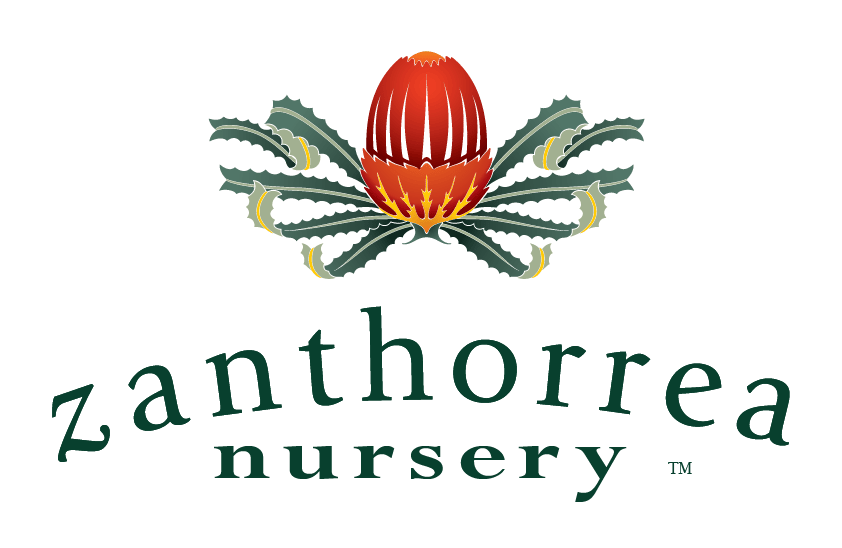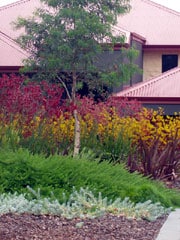
It may seem odd to gardeners in other parts of the world that kangaroos can be a real pestin Australian gardens. They eat their way through many precious plants including roses, fruit treesand bedding plants, even hardy native plants which do not appear tasty at all!It seems there aren’t many plants which kangaroo won’t eat. […]
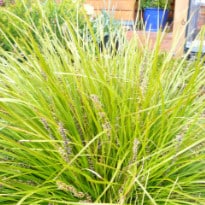
The following plants are reported to be tolerant to light frosts. We welcome your feedback. Ground Covers •Grevillea gaudichaudii•Grevillea thelemanniana (spider net grevillea)•Myoporum parvifolium•Brachyscome multifida (rock daisy)•Banksia repens (creeping banksia) Small Plants (to 1m) •Bauera ruboides (river rose)•Boronia megastigma (brown boronia)•Calytrix tetragona•Correa mannii (native fuchsia)•Crowea exalata•Darwinia citriodora (lemon-scented darwinia)•Homoranthus flavescens•Hypocalymma angustifolium•Melaleuca thymifolia•Patersonia occidentalis (purple flags)•Pimelea […]
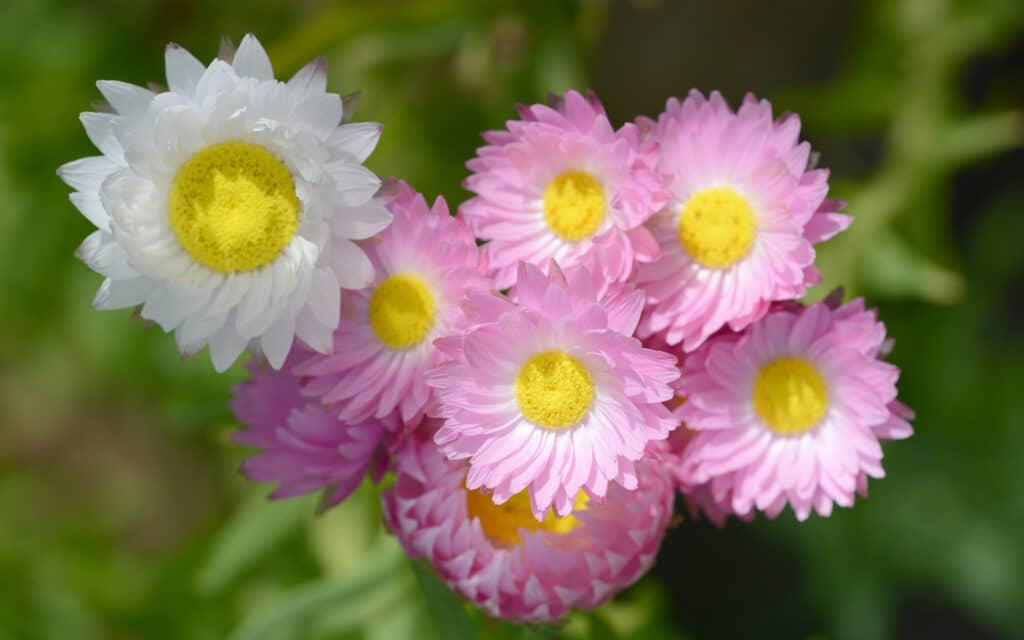
Each year, at Zanthorrea, we have a stunning display of Everlastings. By the time they flower in late Winter, it is already too late to plant seed. Autumn is the best time to plant! Our tried and true method is as follows:• Eliminate weeds by cultivating, pulling by hand or spraying with a weedicide.• Improve […]
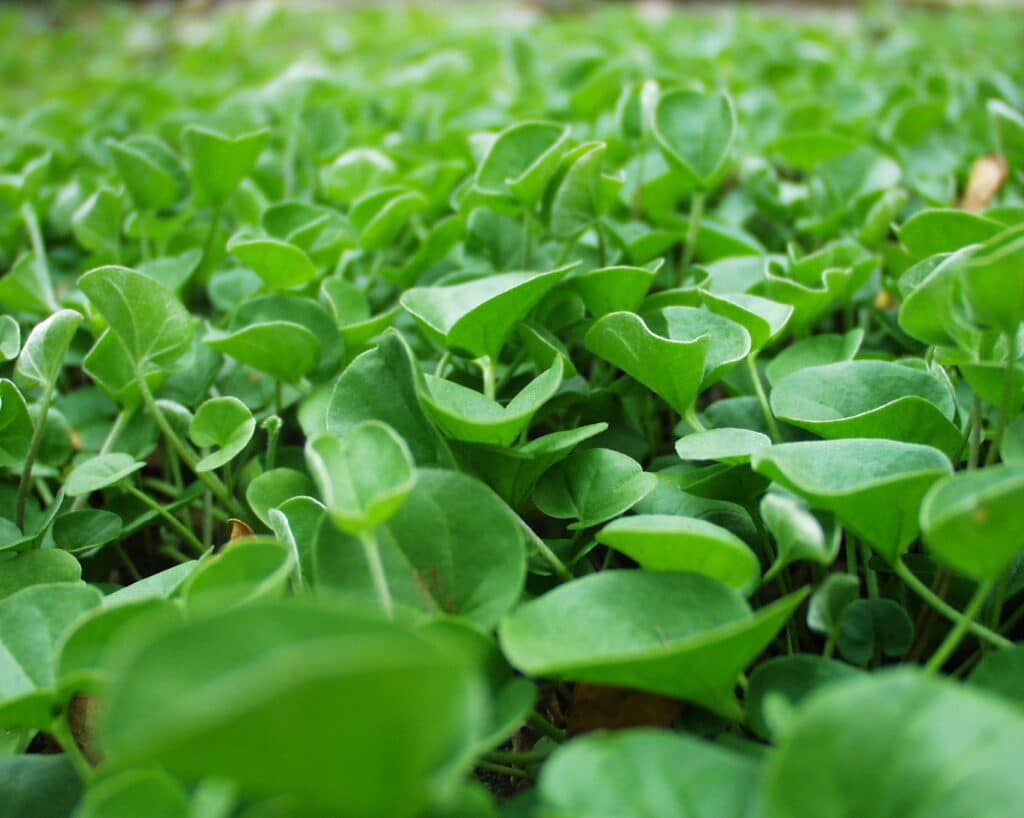
Dichondra repens is a low growing, creeping perennial that spreads by underground runners. The leaves are kidneyshaped and dark green in colour. The overall appearance is that of a flat cover with a neat velvety appearance throughout the year, and needs no mowing. Dichondra is not recommended for sunny positions, but in shady or part […]
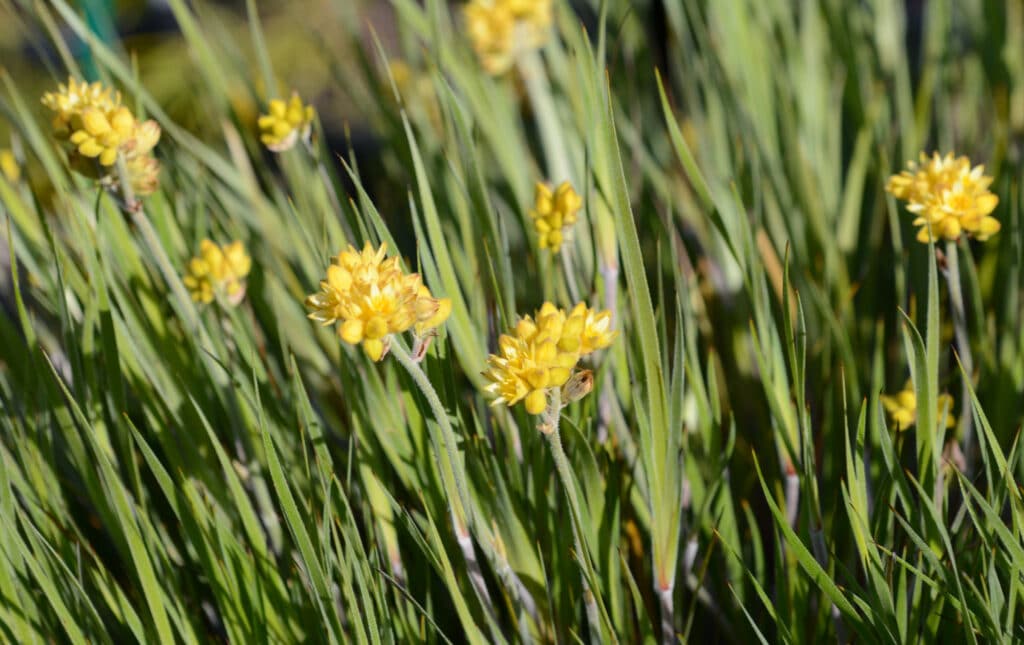
Choose from the following list of hardy plants suitable for planting in coastal sands.– ‘S’ indicates salt tolerance– ‘L’ indicates plants which will grow in limestone or alkaline soils – note that not all coastal soils are alkaline. Ground Covers Banksia petiolaris – L• Conostylis candicans – S L• Grevillea crithmifolia prostrate – L• Hemiandra […]
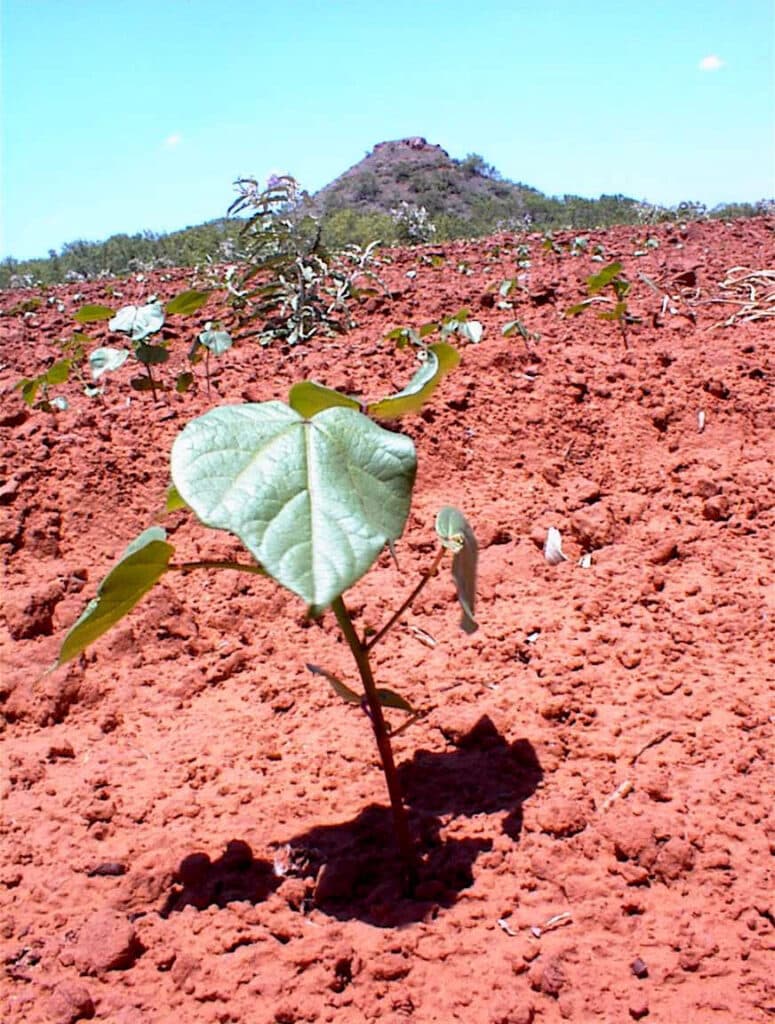
Clay soils can be very challenging – dry and hard in summer, boggy and wet in winter. Theyare potentially fertile soils as clay holds onto nutrients. Before planting, mix a spadeful of soilimprover to add air and nutrient to this dense soil. The following plants grow successfully inclay soils. Ground Covers • Callistemon ‘Rocky Rambler’• […]
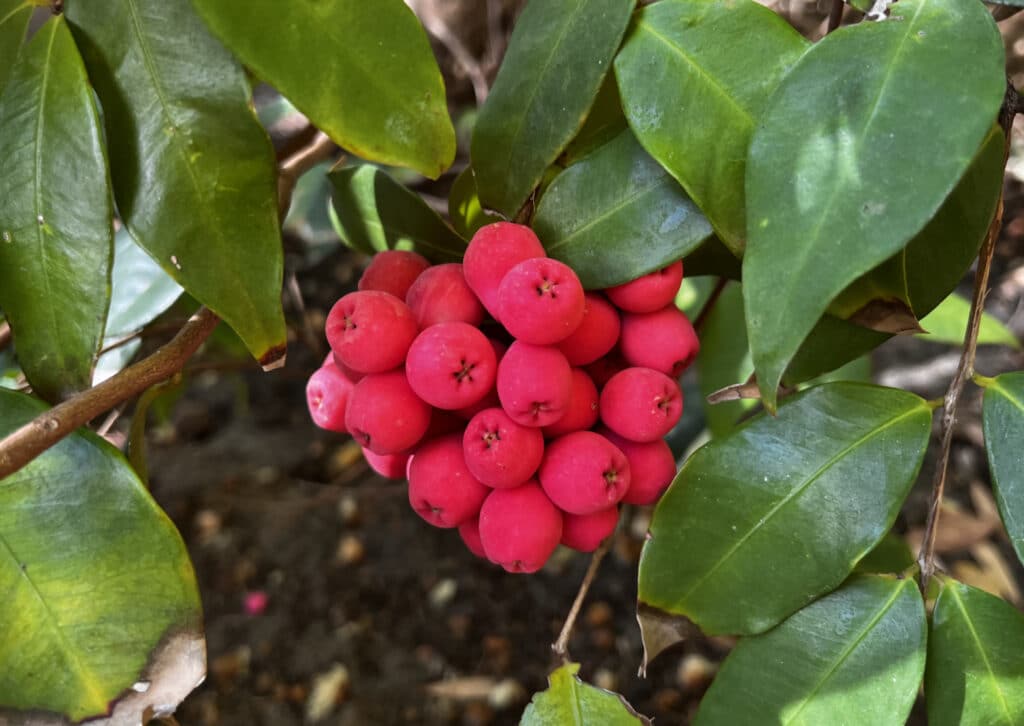
There has been widespread interest in bush tucker plants. Further information should be sought before preparing and consuming bush tucker foods. The following bush tucker plants are sometimes available at the nursery. Acacia acuminata (jam wattle)A small wattle tree. Seeds are collected and ground into flour, mixed with water to make a small cake in […]
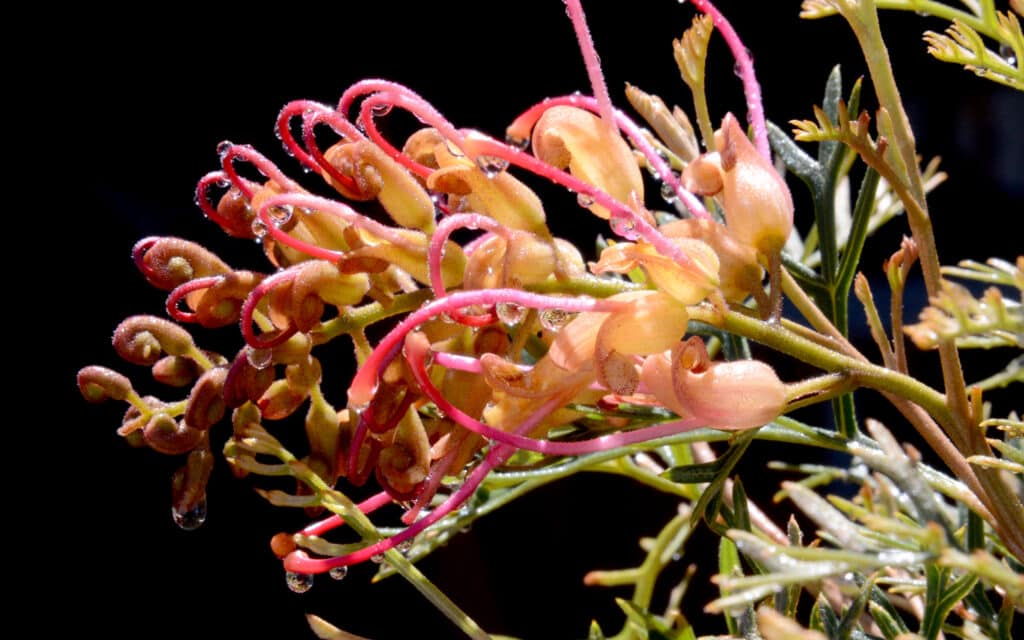
Birds are a great companion in the garden! They pick off insects and sing you songs while youwork. To attract them into your garden you need to provide them with a food source (nectarfrom flowers) and shelter/protection from predators. I find the best first step is to plant sometrees or taller shrubs. Small Plants (to […]
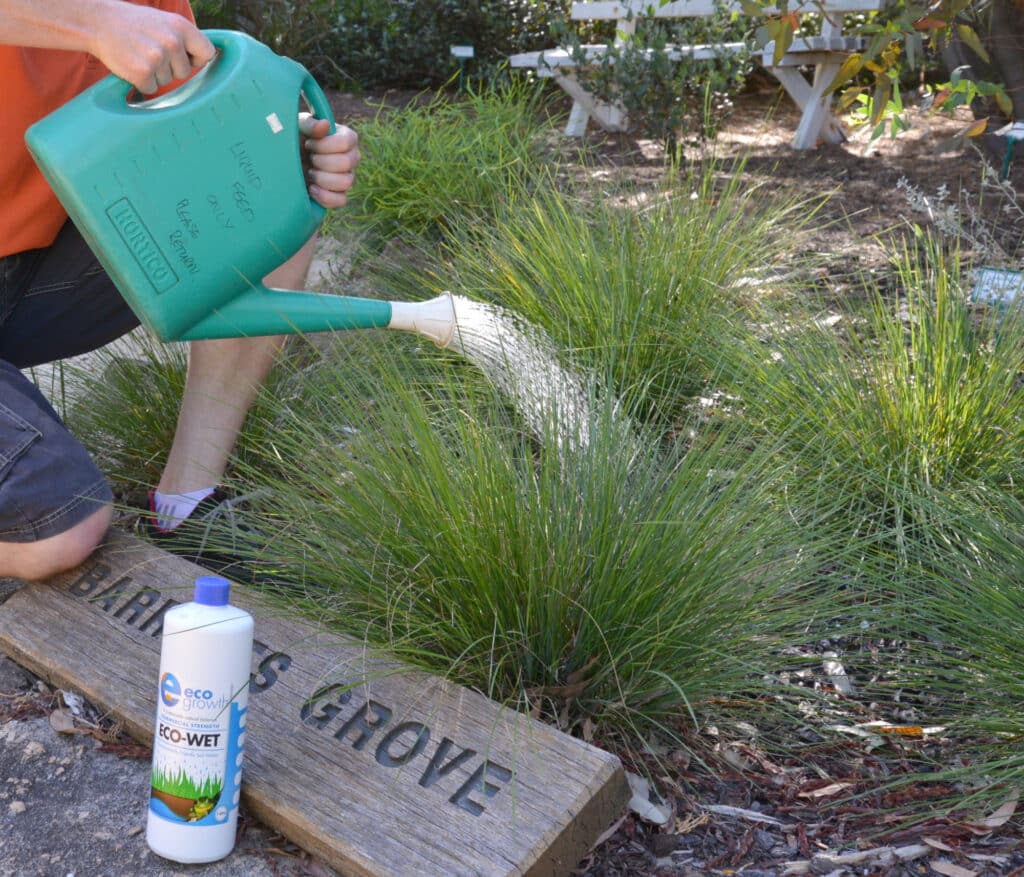
Plants grown in a nursery environment receive 10-14mm of water, everyday in summer and every second day in the other three seasons unless unusually hot, windy or raining. This water is applied slowly over 1.5 hours so that it can soak in.When you take your new plants home, you want to try to replicate theenvironment […]
Moving trees from a reticulated nursery environment to the home garden needs some extra care for a greater success rate. • Dig a large hole (twice width and depth of pot if possible).• Add a wetting agent to the hole.• Fill with water 1 to 3 times to ensure water has soaked in.• Mix soil […]

